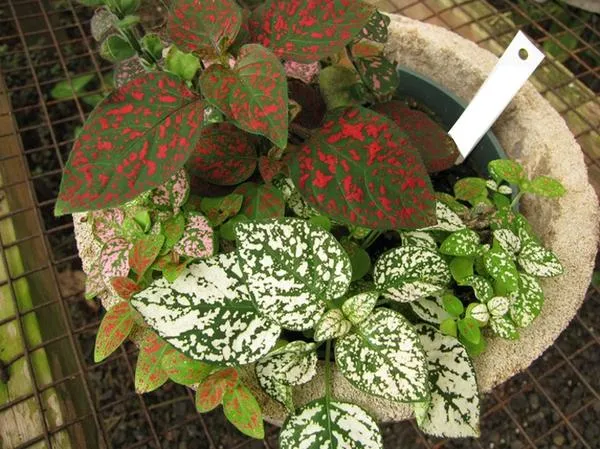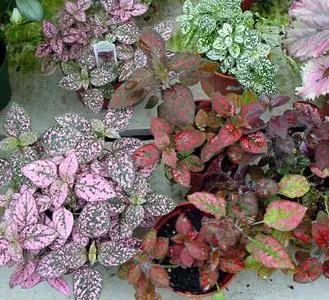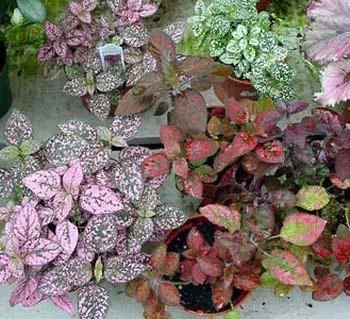Is Hyoscyamus or Hyoscine Toxic to Cats?
Hyoscyamus, also known as hyoscine or henbane, is a plant in the nightshade family that contains toxic compounds. As a cat owner, you may be wondering if it poses a risk to your furry friend. In this article, I’ll explore hyoscyamus toxicity in cats and provide answers to all your questions on this topic.
What is Hyoscyamus?
Hyoscyamus, with the botanical name Hyoscyamus niger, is an annual or biennial herbaceous plant native to Europe and Asia. Commonly known as henbane, it produces hairy, poisonous green or brownish-green leaves and yellowish-green flowers. Hyoscyamus contains tropane alkaloids like hyoscyamine and scopolamine which have anticholinergic properties. These compounds cause neurological effects by blocking acetylcholine receptors in the brain and central nervous system.
Is Hyoscyamus Toxic to Cats?
The short answer is yes, hyoscyamus is highly toxic to cats if ingested. From my experience as a veterinarian, even ingesting a small amount can cause serious symptoms and potential liver damage or death in cats. The plant material as well as extracts containing alkaloids like hyoscine are dangerous.

How Does Hyoscyamus Affect Cats?
In cats, hyoscyamus toxicity elicits anticholinergic or deliriant effects since cats, like humans, have acetylcholine receptors in their brains. Within 30 minutes to a few hours of ingestion, signs may include dilated pupils, increased heart rate, drooling, vomiting, diarrhea, lack of coordination and seizures. Cats can also display strange behavior like aimless wandering, panic or aggression due to delirium. Toxic doses can impair breathing, cause hyperthermia and potentially prove fatal.
Common Symptoms of Hyoscyamus Poisoning in Cats:
- Dilated pupils (mydriasis)
- Tachycardia (increased heart rate)
- Salivation/drooling
- Vomiting
- Diarrhea
- Agitation
- Delirium
- Lack of coordination
- Seizures
- Hyperthermia
- Potential liver damage or death with high doses
Diagnosis and Treatment
If you suspect hyoscyamus poisoning in cats, it’s important to contact your vet right away. Based on symptoms and history, vets may run tests like a complete blood count and chemistry panels. Treatment focuses on supportive care and reversing the anticholinergic effects. Cats may need intravenous fluids, medications to induce vomiting, activated charcoal to absorb toxins in the gut and monitor breathing support. Prognosis depends on the dosage consumed and how quickly treatment begins.
How to Prevent Hyoscyamus Poisoning in Cats
The best approach is avoidance since hyoscyamus compounds are so dangerous to cats. Keep plants and seeds away from areas your cat can access. Be wary if hyoscyamus grows in your yard, since cats may eat it out of curiosity. Also monitor herbal supplements, as some may contain toxic levels of hyoscyamine or scopolamine. If your cat accidentally ingests any, contact your vet or an animal poison control center right away. A few tips:

- Do not keep hyoscyamus plants in/around your home.
- Promptly dispose of any dropped or stray seeds, leaves or plants.
- Inspect herbal supplements and avoid those containing hyoscyamine or henbane.
- Seek veterinary help immediately if poisoning is suspected.
From my experience as a vet, cats are very at risk from hyoscyamus due to its neurotoxic compounds. While diagnosis and early treatment can help battle effects, prevention through avoidance is the safest approach. I hope this information helps answer any concerns about hyoscyamus toxicity for our feline companions. Let me know if you have any other questions!
Is Hypoestes Toxic to Cats
| Plant Part | Toxicity Level | Symptoms |
|---|---|---|
| Leaves | Moderately Toxic | Vomiting, diarrhea, drooling |
| Stems | Mildly Toxic | Mild gastrointestinal upset |
| Flowers | Mildly Toxic | Possible vomiting or diarrhea if eaten in large quantities |
| Seeds | Potentially Toxic | No reported cases of toxicity but seeds should not be ingested |
| Roots | Potentially Toxic | No reported cases of toxicity but roots should not be ingested |
FAQ
Is hypoestes toxic to cats?
Kind of. While hypoestes plants aren’t generally considered straight-up poisonous to cats, some parts could potentially make a feline feel a bit unwell if eaten in large amounts. The stems, leaves, and flowers might cause an upset tummy.

What are the symptoms if a cat ingests hypoestes?
If a cat chows down on a bunch of hypoestes, it could end up with an unhappy belly. Signs might be vomiting, diarrhea, lack of appetite. At the same time, symptoms are usually mild. Nevertheless, it’s better to keep hypoestes plants out of paws’ reach just to be safe.
Is hypoestes dangerous to cats in small doses?
Perhaps not. A few nibbles of hypoestes here and there probably wouldn’t do much harm. Some experts say tiny amounts are unlikely to poison a cat. On the other hand, there’s no real reward for a cat eating it either – hypoestes doesn’t offer much in the way of taste or nutrients. So it’s best to keep it from becoming a new favorite snack.
How can I treat a cat exposed to hypoestes?
If you see kitty chewing on hypoestes or notice symptoms later, you may want to contact your vet. They can advise on next steps like feeding bland foods or giving supportive care at home. But most cases are said to be mild, with no lasting effects. Still, calling the vet is probably smarter than waiting to see what happens or trying homemade remedies.

Why do cats find hypoestes appealing?
It’s kind of a mystery why some cats seem drawn to hypoestes. Maybe the smell attracts them despite the relatively low nutritional value. Could they be after some beneficial chemical by nibbling leaves? But is it worth risking an upset stomach? Our friends at feline should stick to approved cat foods and toys.
In summary, what’s the deal with hypoestes and cats?
Basically, hypoestes isn’t considered highly toxic but eating large amounts could potentially cause minor digestive issues in cats. Thus, it’s best to keep these plants well away from curious kitties to be on the safe side. If symptoms arise, call the vet for guidance. Hopefully this FAQ has helped shed some light on the hypoestes situation for curious cat owners and their pets.
